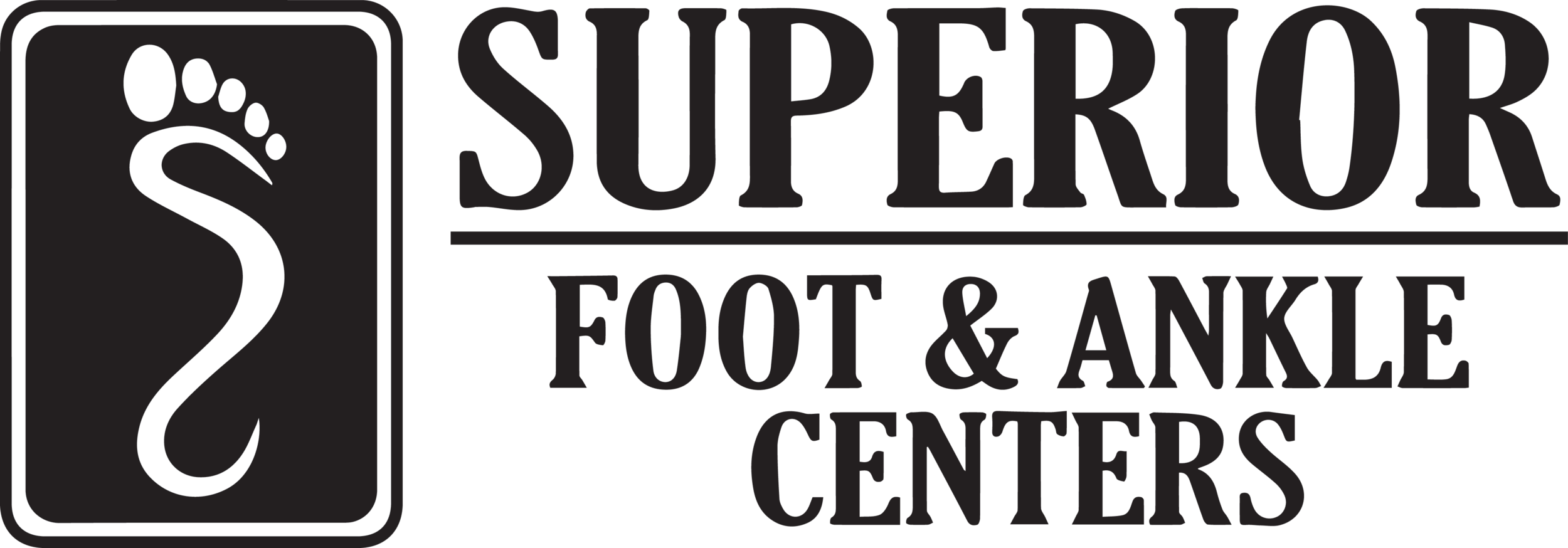THE MANY FACES OF HEEL PAIN
A priest walks into a bar and asks the bartender why his heel hurts. The barkeep responds by telling him he must have plantar fasciitis, an inflamed arch ligament. Obviously, this could be the lead for some bad joke but a discussion of heel pain is a common occurrence in homes and businesses. Some estimates claim three out of every four Americans will have plantar fasciitis at some point in their lives.
An appropriate question is why so many people have pain from the bottom of the heel. Discomfort from this region of the body leads to over a million medical visits per year, a significant number. And an inability to bear weight comfortably on the heel interferes with ambulation, standing, and numerous activities that are part of normal ADL’s, the all-important Activities of Daily Living.
Many assume any pain from the area must be due to the ubiquitous condition that is plantar fasciitis. Indeed, this is by far the most common reason. But it could be dangerous to assume that all heel pain is due to fasciitis. As a general comment, treating the wrong problem can result in significant complications and the treatment is less likely to lead to relief.
Many readers at this point are wondering what else could be causing their heel pain. Likely the next most common pathology would be a pinched nerve. Indeed, you can develop these common problems even here at the bottom of the heel, although it’s really more of a trapping of the nerve (hence the more technically appropriate term “nerve entrapment”). Differentiating between fasciitis and an entrapment in the region can be challenging, even to an experienced practitioner.
The pain of one of these problems often is experienced as a burning sensation. A common nerve causing heel pain runs right by the attachment site of the fascia, making the location of the pain indistinguishable from that of the more common cause. This structure can be visualized on an ultrasound exam aiding in making a diagnosis. Because foot and leg mechanics are often the cause of the entrapment, treatment often incorporates assessment and improvement of an individual’s biomechanics, be it through a directed stretching program or foot supports.
Although a broken bone is usually the result of some isolated traumatic event, a very different sort of bone injury is seen with a stress fracture. In this condition, recurrent physical stress to a bone leads to a subtle cracking of the hard outer shell of a bone and can occur to the heel. But the changes to the bone are slight, making it difficult to visualize the damage on an x-ray. This diagnosis will obviously be treated very differently, best resolved with some variation on the theme of immobilization.
Some less common pathologies include a gout attack of the heel. Although the big toe joint is the number one site by far, gout can be a cause for pain from the back of the heel, which is only mildly uncommon. But it has happened: gout can produce pain from the bottom as well. Gout is a metabolic problem, but minimizing the inflammation of the affected part will be helpful in providing pain relief. This can be achieved in numerous ways, from traditional approaches like corticosteroids (aka cortisone) to regenerative techniques which aim to provide more lasting benefits although it can take longer to achieve.
Although most people think only of the skin changes when the word ‘psoriasis’ is mentioned, the arthritic component is well recognized. Psoriatic arthritis can lead to obvious symptoms and significant pain. And it is possible to experience joint pain and not have skin changes. This is a frustrating condition, one we don’t have particularly effective therapies for. Diagnosing psoriatic arthritis can be challenging, especially if the classic skin changes aren’t seen.
No longer are people routinely told their heel pain is due to the spur of bone frequently visualized on an x-ray of the foot. It is very rare that this common x-ray finding produces pain. The spur forms on the front of the heel bone secondary to a pulling phenomenon from the individual’s arch ligament. The bony prominence is not weight bearing, instead pointing out toward the toes. These used to be frequently removed surgically but this was not an effective approach and typically caused more problems.
Another common cause for heel pain is thinning or shifting of the special padding found at the bottom of the heel. Deterioration of the fat pad results in excessive pressure to the bone and, with time, pain. Rheumatoid arthritis increases the risk of this thinning process. But there are other rheumatologic diseases potentially leading to symptoms from the region. This list is not all-inclusive; other possible explanations exist for your heel pain.
Symptoms of plantar fasciitis are experienced by most of us at some point in our lives. For some, it’s debilitating while for others, it’s an annoyance and no more. But, as the reader has learned, there are many conditions that can result in symptoms from the heel. If the usual therapies don’t have any effect, it could mean there’s a different explanation. If you are treating the right problem, your therapies are generally going to work better. Don’t suffer with heel pain, there’s always a reason. And effective treatments for most of the problems on the list.
